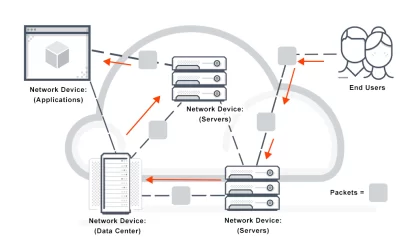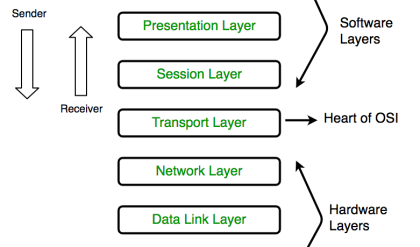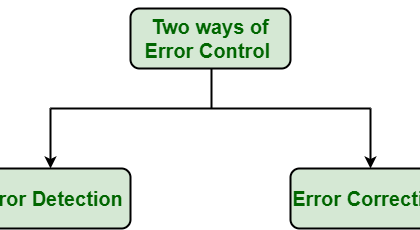This is a high-power semiconductor diode, used in high frequency microwave applications. The full form IMPATT is IMPact ionization Avalanche Transit Time diode.
A voltage gradient when applied to the IMPATT diode, results in a high current. A normal diode will eventually breakdown by this. However, IMPATT diode is developed to withstand all this. A high potential gradient is applied to back bias the diode and hence minority carriers flow across the junction.
Application of a RF AC voltage if superimposed on a high DC voltage, the increased velocity of holes and electrons results in additional holes and electrons by thrashing them out of the crystal structure by Impact ionization. If the original DC field applied was at the threshold of developing this situation, then it leads to the avalanche current multiplication and this process continues. This can be understood by the following figure.

Due to this effect, the current pulse takes a phase shift of 90°. However, instead of being there, it moves towards cathode due to the reverse bias applied. The time taken for the pulse to reach cathode depends upon the thickness of n+ layer, which is adjusted to make it 90° phase shift. Now, a dynamic RF negative resistance is proved to exist. Hence, IMPATT diode acts both as an oscillator and an amplifier.
The following figure shows the constructional details of an IMPATT diode.

The efficiency of IMPATT diode is represented as

Disadvantages
Following are the disadvantages of IMPATT diode.
- It is noisy as avalanche is a noisy process
- Tuning range is not as good as in Gunn diodes
Applications
Following are the applications of IMPATT diode.
- Microwave oscillator
- Microwave generators
- Modulated output oscillator
- Receiver local oscillator
- Negative resistance amplifications
- Intrusion alarm networks (high Q IMPATT)
- Police radar (high Q IMPATT)
- Low power microwave transmitter (high Q IMPATT)
- FM telecom transmitter (low Q IMPATT)
- CW Doppler radar transmitter (low Q IMPATT)





